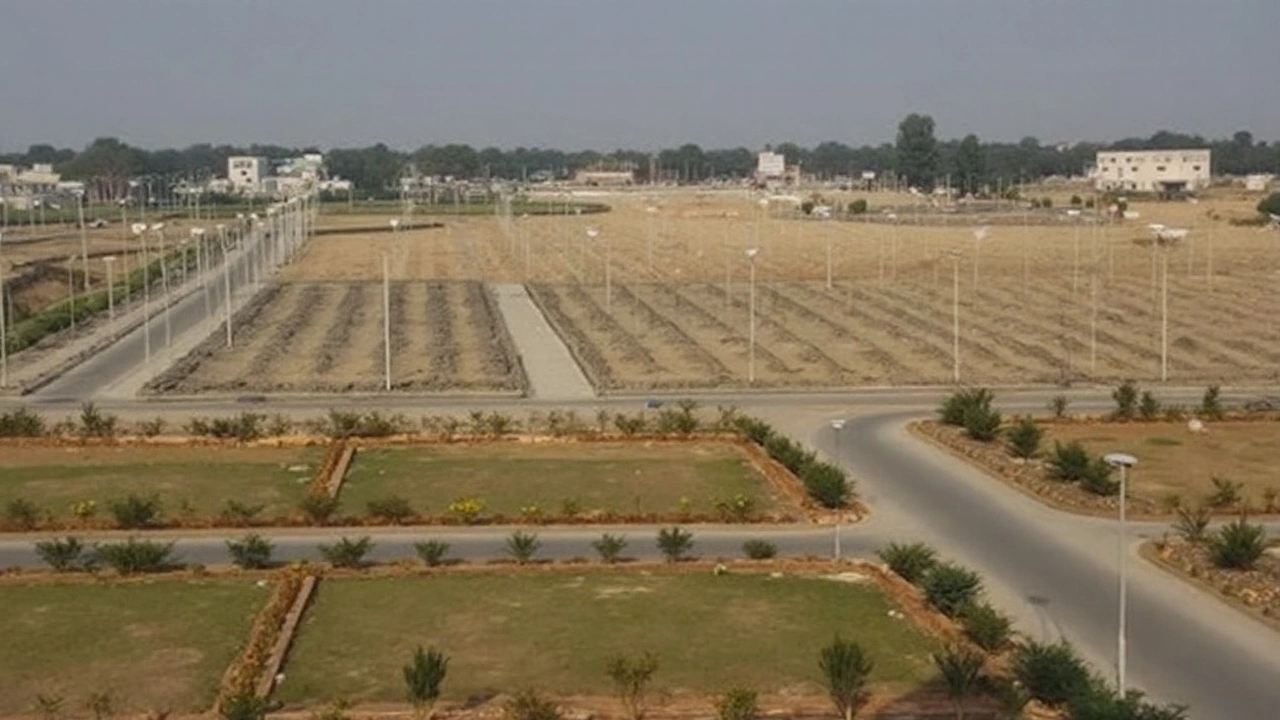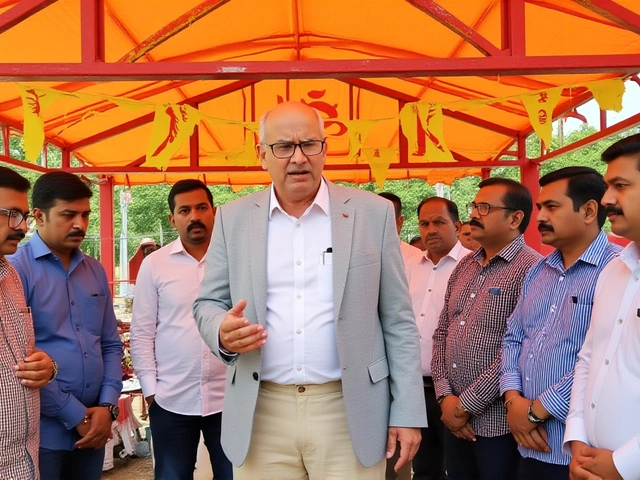Crime and Organized Crime in India – Latest Stories & Insights
When you hear the word “crime,” you probably picture a mugging or a hit‑and‑run. But the reality runs deeper. Organized crime networks run entire economies in the shadows, from smuggling to illegal gambling, and they affect the daily lives of ordinary people. This page gives you a clear picture of what’s happening across the country and why it matters to you.
Why organized crime matters to everyday life
Think of an illegal lottery stall on a street corner. A teenager hands over a few rupees, hoping to win big. Behind that stall sits a sophisticated supply chain – printers, distributors, cash handlers, and a hierarchy that can move millions each month. When the game is rigged, families lose hard‑earned money, and the profit funnels into other illegal activities like drug trafficking or extortion. That’s the ripple effect of organized crime: a small transaction can fuel a much larger network.
In India, organized crime isn’t limited to one region. From the coastal smuggling rings in Gujarat to the land‑grab syndicates in West Bengal, each group exploits local vulnerabilities. Police often catch the low‑level dealers but the top bosses stay hidden behind layers of front businesses. This means the problem persists unless you understand how the network operates and where to look for the signs.
For a regular person, the biggest takeaway is to stay alert. If a street vendor asks for cash in advance, promises guaranteed returns, or pressures you to recruit friends, these are red flags. Reporting such activities helps break the chain, even if it seems minor.
Spotlight: Kishanganj’s Illegal Lottery Empire
One of the most striking examples of organized crime in recent months is the illegal lottery operation in Kishanganj, Bihar. Two rival syndicates – the Mehandi Group and the Baba Syndicate – dominate the market, moving millions of rupees every month. They sell tickets under names like Popular, Dear, A‑One, and King through dozens of stalls that dot the city’s neighborhoods.
The syndicates prey on low‑income families who see the lottery as a quick way out of poverty. In reality, the odds are stacked against them, and many end up losing lakhs over a few months. What’s more, police raids have been superficial. Officers often seize a few tickets and walk away, while the core network remains untouched.
The investigation uncovered a supply link to Bengal, suggesting that the ticket printing and distribution chain stretches across state lines. This cross‑border connection makes it harder for local authorities to shut down the operation completely. The lack of strict enforcement has allowed the syndicates to amass wealth while ordinary families suffer.If you live in a similar area, keep an eye on these warning signs: a sudden influx of lottery stalls, aggressive sales pitches, or locals talking about “guaranteed wins.” Talking to your community leaders or reporting directly to the police can help bring attention to the bigger picture.
Understanding the mechanics of the Kishanganj case also sheds light on larger trends. Organized crime often thrives where regulation is weak and poverty is high. By strengthening community awareness and pushing for better law enforcement coordination across states, the cycle can be broken.
We’ll keep updating this page with more stories, analyses, and practical tips on how you can recognize and respond to organized crime in your area. Stay informed, stay safe, and don’t let hidden networks take advantage of you or your neighbors.

